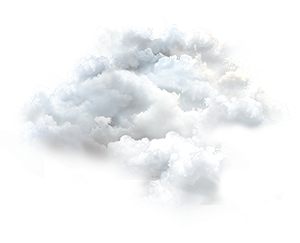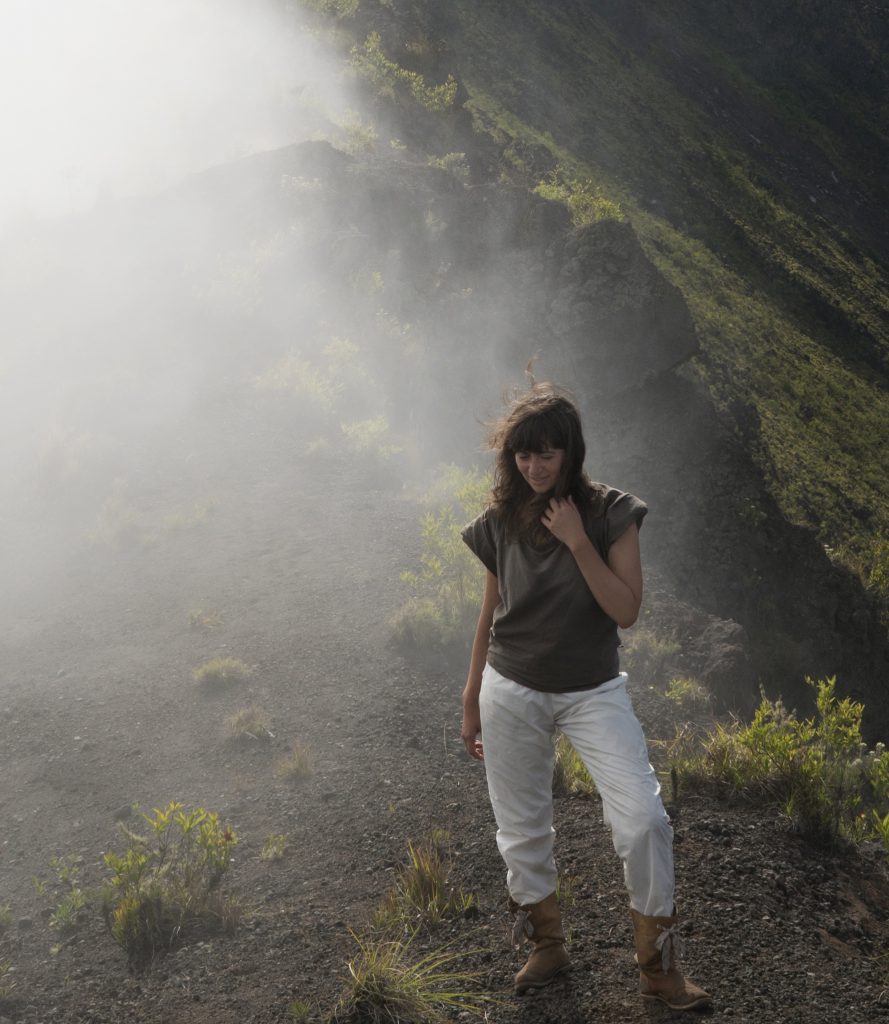Philosophers have long sought to instill precision in their arguments by appealing to fictitious scenarios in which problems are shorn of ambiguities, allowing pure abstractions to shine forth against the confounding details of reality. In the service of clarity, philosophers offer up an array of imaginary places, creatures, and devices—the cave (Plato), an island shrouded in fog (Kant), Twin Earth (Putnam), Northwest Passages between the humanities and the sciences (Serres); numerous birds and an aviary; angels and demons; bats, cats, hedgehogs, and a brain-in-vat; an invisible hand, a grue emerald (Goodman), and a ring that renders its wearer invisible. Pervading ancient and modern; continental and analytic philosophy, these examples take on lives of their own in the “philosophical imaginary” (c.f. Michelle Le Doeff 1989; Margueite La Caze, 2002), straying beyond their own conceptual labyrinths, breeding chimeras and mixed metaphors. These “philosophical monsters” lurk at the edges of reason, as suggested by Francisco Goya’s 1799 etching, The Sleep of Reason Produces Monsters (Los Capricios, 43). An image-world as strange as any cabinet of curiosities collects the history of philosophy’s imperfectly repressed unconscious and its oneiric flights. Yet reason also produces monsters when waking. An Imaginary Museum of Philosophical Monsters considers the dialectic between reduction and expansion attending the metonymic power of images in philosophical demonstration—and the spectre of reductio ad absurdum that haunts such enterprise.



